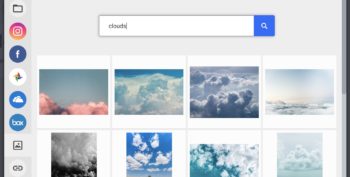Small Business
Make More Money With Better Pricing Decisions
Dec 13, 2012
In order to make more money from your existing products you may just need to look at your pricing decisions. Changing up your pricing strategy and adding new packages to what you already have, can be quick and radically change things very quickly.
When I started working at Coca Cola as a green graduate one of the first basics we were taught was the strategy of trading-up. Walk into any McDonalds and you’re offered 3 sizes of Coke – small, medium and large. Most people tend towards the middle offering (medium) because it’s in the middle; if you’d just been offered two sizes, small and medium, Coca Cola would sell less medium sized drinks than when there are three alternatives because a greater percentage of people would tend towards the small size.
I like the article below because it shows how a simple change in your pricing decions could bring a big change in how much revenue you generate.
In my hurry to launch my first product, an eBook called The App Design Handbook, I almost made a mistake that would have cost me over $10,000, a mistake that I see being made with products all around the web. Luckily for me, a few people were kind enough to lead by example and show how important it was to fix this.No, the mistake is not charging too little, though that is a very common mistake as well.
The mistake is to have only one price for your product.Pricing Based on ValueI’m sure you’ve heard that you should price based on the value your product delivers, rather than another metric like how long it took you to create it. This is very true, but has one issue.
The value changes for each person.One of my customers may use my design advice to improve sales for their niche iPhone app, whereas another customer may work for a large developer with a very popular application.The value is radically different for these two customers. Pricing decions fit into this mix.
So, if we are truly pricing based on value, we should give the customers who get more value from the product a method to pay more for it. That’s where multiple prices come in.The customer who is working on a team with a larger budget will easily pay more if they think it will help them.
After all, if you have the company credit card out and have made a decision to purchase, there isn’t a difference between $40 and $140. At least not to that customer. To me, as the seller, I just made over 3x as much on that sale.If you are selling to businesses, it is very important to understand how purchases are made for your type of product and how people purchase based on your pricing decisions.
Learn where the threshold is for companies to spend petty cash versus having to get a manager to approve the purchase. So long as your product demonstrates clear value and is below the maximum the employee can spend without manager approval, it doesn’t matter what the price is.
Continue Reading Are You Making the Most Common Pricing Mistake? — Think Traffic.
Related articles

Continue reading







